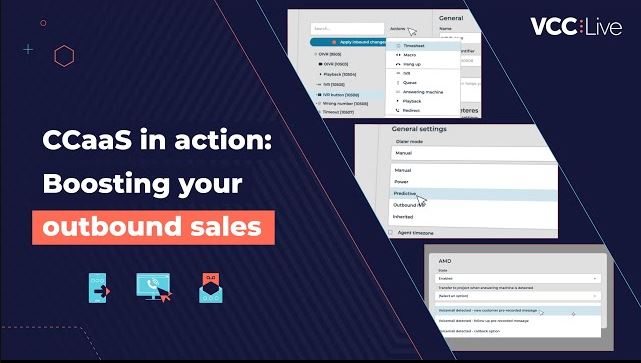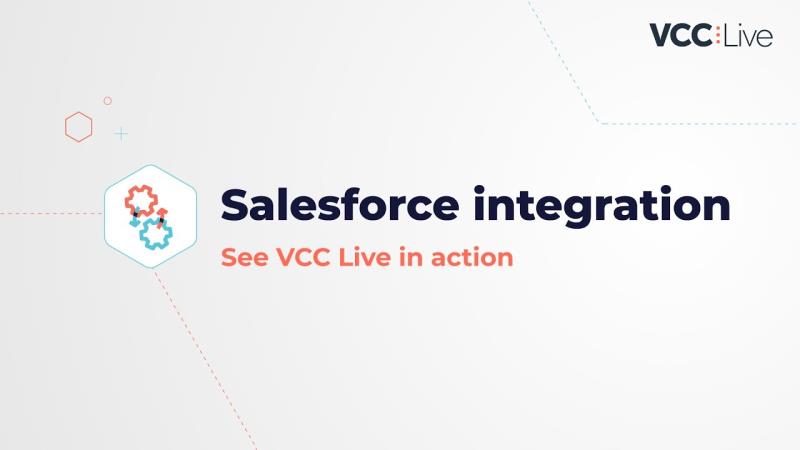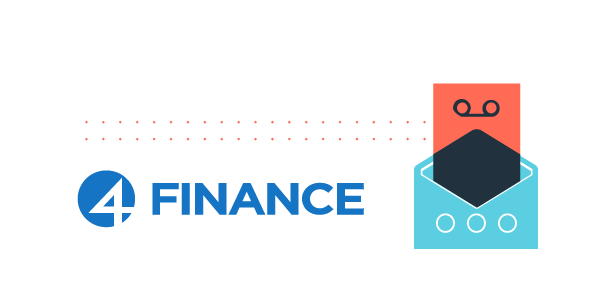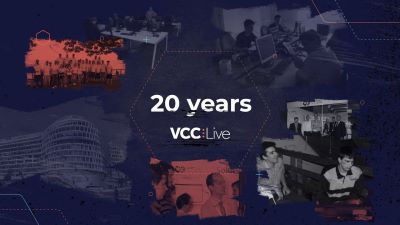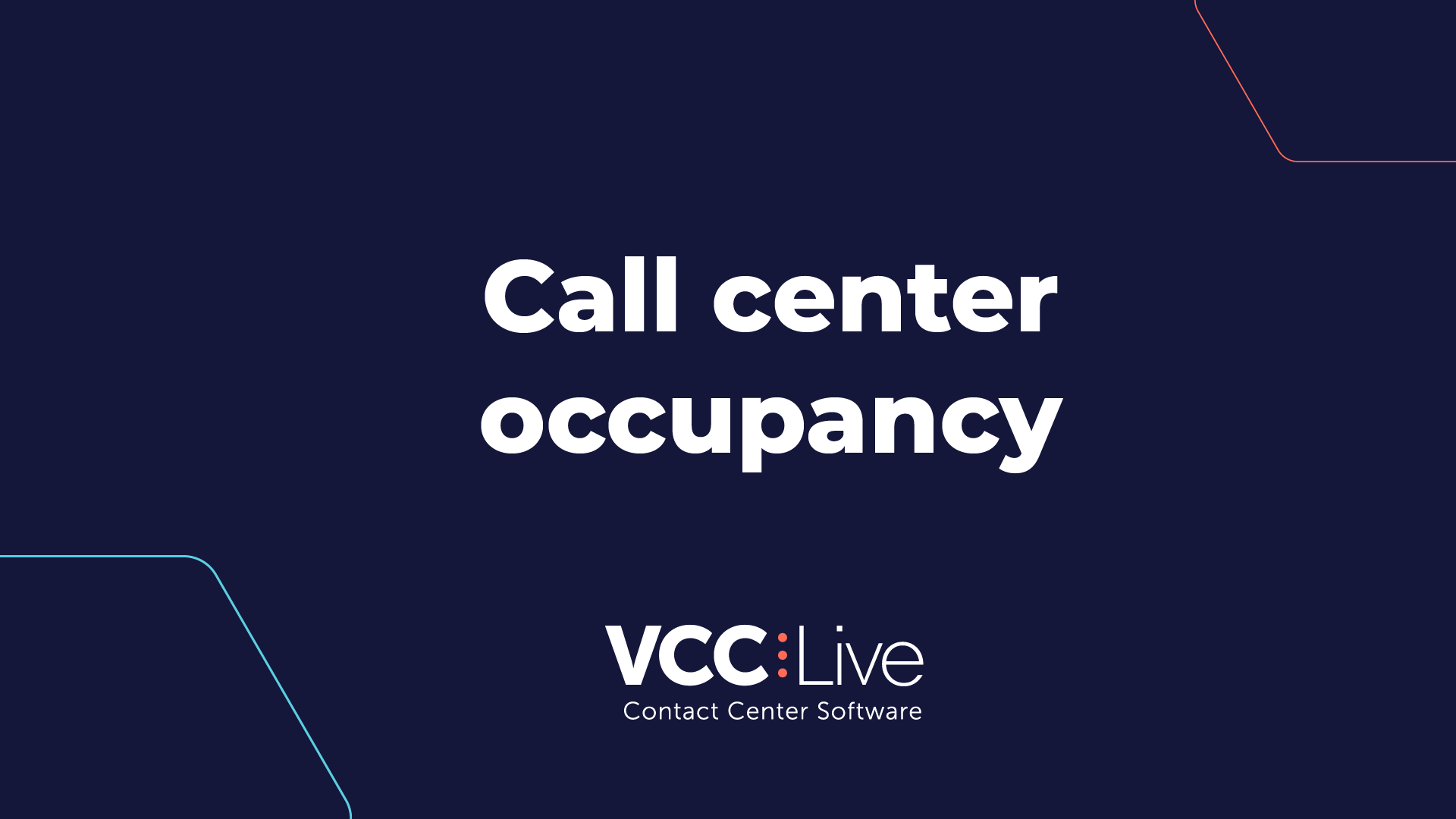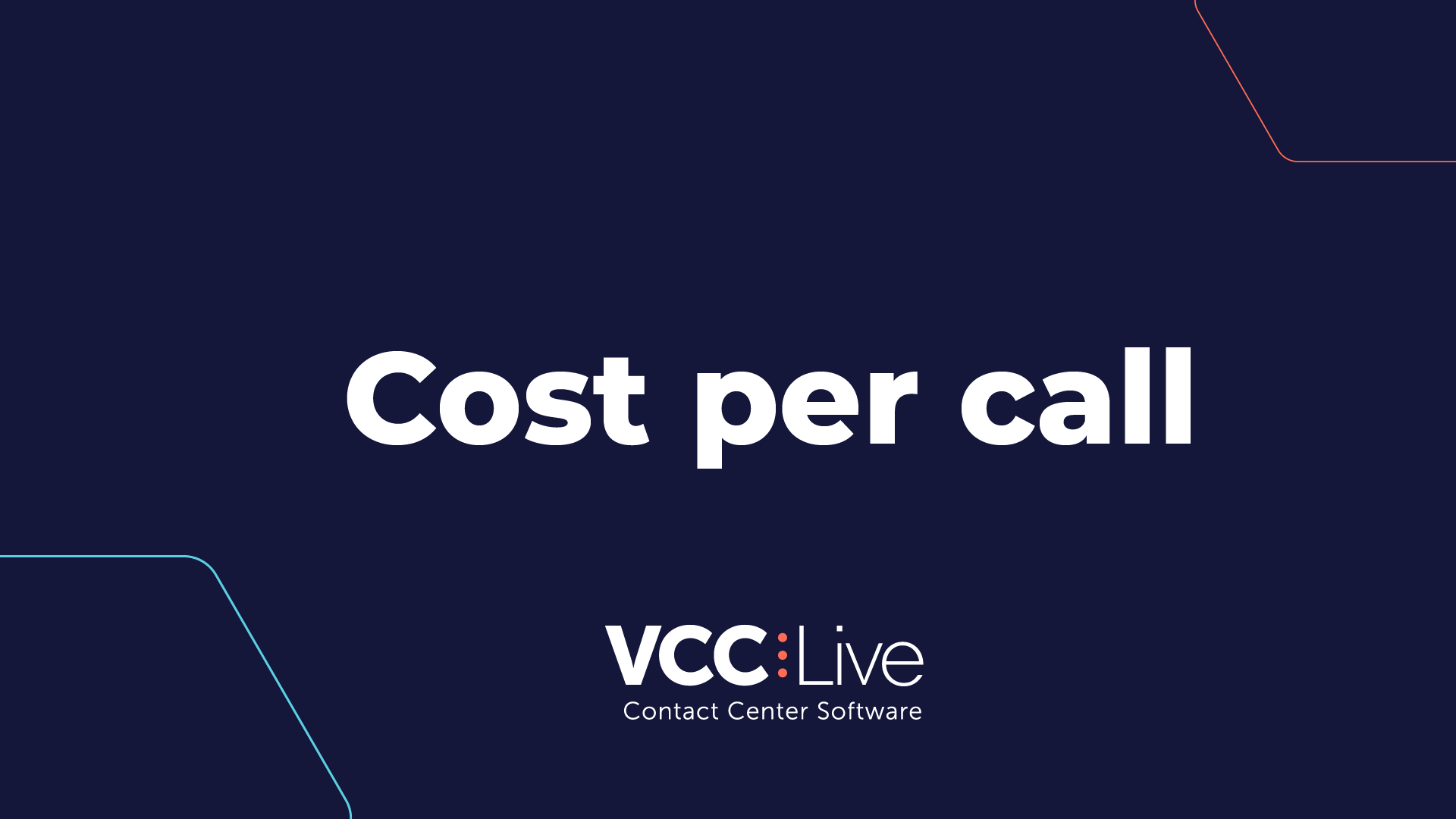Average Speed of Answer (ASA) measures the efficiency and effectiveness of the call center’s ability to respond to incoming calls. It reflects the average time a caller waits in the queue before an agent answers their call. ASA is an essential metric for understanding customer satisfaction and operational efficiency, as longer wait times can lead to frustrated customers and potentially lost business.
Average Speed of Answer definition
Average Speed of Answer (ASA) is a call center KPI that quantifies the average time (usually measured in seconds) that elapses from the moment a call enters the queue until it is answered by a live agent. It includes both the time the call spends ringing and the time it spends in the queue waiting to be picked up.
|
Average Speed of Answer formula
| ASA = |
∑(Wait time for answered calls) |
|
| Total number of calls answered |
- Wait time for answered calls includes the total time all callers spend waiting before being connected to an agent.
- Total number of calls answered is the number of calls that are answered by agents within the given period.
Why should you measure ASA?
Measuring the Average Speed of Answer (ASA) in a call center is crucial for several reasons:
1. Customer satisfaction
- First impressions: ASA is often the first impression a customer has of a call center’s service. Shorter wait times generally lead to higher satisfaction.
- Customer experience: Long wait times can frustrate customers, leading to dissatisfaction and a negative perception of the company.
- Retention and loyalty: Satisfied customers are more likely to remain loyal and continue using the company’s products or services.
2. Operational efficiency
- Resource management: Monitoring ASA helps in understanding how effectively resources (e.g., agents, technology) are being utilized. It can indicate whether more staff are needed during peak times or if there are inefficiencies in call handling.
- Queue management: ASA data can be used to optimize call queue management, ensuring that calls are distributed efficiently among available agents.
3. Performance monitoring
- Agent performance: ASA can help identify which agents are handling calls efficiently and which might need additional training or support.
- Benchmarking: ASA provides a benchmark for performance comparisons over time or against industry standards. This can highlight areas for improvement and track the impact of changes implemented.
4. Service Level Agreements (SLAs)
- Compliance: Many call centers operate under SLAs that specify acceptable ASA levels. Regularly measuring ASA ensures compliance with these agreements, avoiding potential penalties and maintaining client trust.
- Target setting: ASA measurements help set realistic and achievable targets for call center performance, aligned with SLAs and business objectives.
5. Cost management
- Cost control: Efficient call handling and shorter ASA can reduce the overall cost of operations by minimizing the need for overtime or additional staffing.
- Investment decisions: Understanding ASA can inform investment decisions in new technologies or processes that could further improve efficiency and reduce wait times.
6. Business Intelligence
- Data-driven decisions: ASA provides valuable data that can be analyzed to make informed decisions about call center operations, customer service strategies, and resource allocation.
- Trend analysis: Tracking ASA over time can reveal trends and patterns, helping to predict future call volumes and prepare accordingly.
Improving Average Speed of Answer – An example scenario
A hypothetical company, XYZ Telecom, has been experiencing poor ASA rates in their contact center with an average wait time of 3 minutes for customers to be connected to an agent. This has led to numerous customer complaints, increased call abandonment rates, and a decline in customer satisfaction.
Upon analyzing the situation, the call center management identified several contributing factors:
- Understaffing: Insufficient number of agents during peak hours.
- Inefficient call routing: Calls were not being directed to the most appropriate agents promptly.
- Lack of training: Agents lacked the training to handle calls efficiently, resulting in longer call handling times.
- Outdated technology: The call center’s technology was outdated, leading to delays and inefficiencies in call handling and routing.
Changes implemented
1. Workforce optimization:
- Hiring: The company hired additional agents to ensure adequate staffing during peak hours.
- Shift scheduling: Implemented more flexible shift scheduling to align agent availability with call volume patterns.
2. Improved call routing:
- IVR system upgrade: Upgraded the Interactive Voice Response (IVR) system to better categorize and route calls to the most appropriate agents based on their skills and availability.
- Intelligent call distribution: Implemented an intelligent call distribution system that prioritizes calls based on urgency and customer history.
3. Agent training:
- Comprehensive training programs: Provided agents with extensive training on efficient call handling, problem-solving techniques, and customer service skills.
- Ongoing development: Introduced continuous training sessions to keep agents updated on new processes and technologies.
4. Technology upgrade:
- Modern call center software: Invested in state-of-the-art call center software that improved call routing, real-time monitoring, and analytics.
- Self-service options: Enhanced self-service options through the IVR system, enabling customers to resolve simple queries without needing to speak to an agent.
Results
After implementing these changes, XYZ Telecom monitored the call center performance over the next quarter. The improvements were significant:
- ASA improvement: The Average Speed of Answer dropped from 180 seconds to 45 seconds, a 75% reduction in wait time.
- Customer satisfaction: Customer satisfaction scores improved by 30%, as reflected in post-call surveys.
- Call abandonment rate: The call abandonment rate decreased by 40%, as fewer customers were hanging up before reaching an agent.
- Operational efficiency: The average call handling time was reduced by 20% due to better-trained agents and improved technology.
Is ASA an important metric for you?
The importance of focusing on Average Speed of Answer (ASA) can vary depending on the nature of the contact center, the type of service provided, and the expectations of the customer base. Here’s a breakdown of which contact centers should put more or less focus on ASA:
Contact centers that should focus more on ASA
Customer service centers
Customers contacting these centers often have urgent issues or questions that need prompt attention. Long wait times can lead to frustration and dissatisfaction, negatively impacting customer loyalty and brand reputation.
Technical support centers
Technical issues can disrupt a customer’s use of a product or service. Quick response times are crucial to resolving issues efficiently and minimizing downtime for customers.
Emergency and crisis centers
Centers handling emergency situations, such as healthcare hotlines or roadside assistance, require immediate response to address potentially life-threatening or urgent situations.
Sales and order processing centers
Quick response times can be critical for closing sales and ensuring customer satisfaction during the ordering process. Delays can lead to lost sales opportunities and dissatisfied customers.
Financial services
Customers dealing with financial matters, such as banking or insurance inquiries, often require prompt responses to time-sensitive issues. Delays can lead to customer dissatisfaction and loss of trust.
Contact centers that may focus less on ASA
Non-urgent inquiry centers
Centers handling non-urgent inquiries or providing general information can afford longer wait times without significantly impacting customer satisfaction.
Outbound call centers
These centers initiate calls to customers rather than receiving them. While efficiency is important, the ASA metric is less relevant in this context.
Internal help desks
Internal help desks serving company employees (such as IT support) may have more flexibility with response times, as the urgency is often lower compared to customer-facing centers.
Research and survey centers
These centers primarily conduct surveys or research over the phone. While promptness is still important, the ASA is not as critical compared to other performance metrics.
Improving ASA in 10 steps
Improving the Average Speed of Answer (ASA) in your call center involves strategic planning, efficient resource management, and ongoing performance monitoring. Here’s a comprehensive checklist to help you achieve this goal:
1. Assess current performance
- Analyze current ASA: Measure your current ASA to establish a baseline.
- Identify peak times: Determine when call volumes are highest to allocate resources accordingly.
- Evaluate call abandonment rates: Identify how often and when customers are abandoning calls.
2. Optimize workforce management
- Staffing levels: Ensure you have enough agents to handle call volumes, especially during peak times.
- Shift scheduling: Implement flexible scheduling to align agent availability with call patterns.
- Break management: Schedule breaks strategically to ensure constant coverage.
3. Enhance call routing and technology
- Upgrade IVR system: Improve your Interactive Voice Response system to route calls more effectively.
- Intelligent call distribution: Use intelligent call distribution systems to prioritize and route calls based on agent skills and availability.
- Invest in modern technology: Implement state-of-the-art call center software for better call handling and real-time monitoring.
4. Improve agent performance
- Comprehensive training: Provide agents with extensive training on efficient call handling, problem-solving techniques, and customer service skills.
- Ongoing development: Offer continuous training sessions to keep agents updated on new processes and technologies.
- Performance monitoring: Regularly monitor agent performance and provide feedback for improvement.
5. Implement self-service options
- Enhanced IVR options: Expand self-service options through your IVR system to allow customers to resolve simple queries without agent assistance.
- Online resources: Provide comprehensive online resources, such as FAQs and chatbots, to reduce the volume of calls needing agent intervention.
6. Monitor and analyze data
- Real-time monitoring: Use real-time dashboards to monitor ASA and other key metrics.
- Historical data analysis: Analyze historical data to identify trends and make informed decisions about staffing and resource allocation.
- Customer feedback: Collect and analyze customer feedback to understand their experiences and identify areas for improvement.
7. Optimize processes
- Streamline call handling: Simplify and standardize call handling processes to reduce call duration and improve efficiency.
- Reduce call transfers: Minimize the need for call transfers by routing calls to the most appropriate agents from the start.
- First Call Resolution: Focus on resolving issues during the first call to reduce repeat calls and overall call volume.
8. Foster a positive work environment
- Agent morale: Create a supportive work environment to keep agents motivated and reduce turnover.
- Recognition and rewards: Recognize and reward high-performing agents to encourage best practices.
9. Use predictive analytics
- Forecasting: Use predictive analytics to forecast call volumes and adjust staffing levels accordingly.
- Capacity planning: Plan for future capacity needs based on historical trends and predictive models.
10. Regular review and adjustment
- Continuous improvement: Regularly review ASA and other performance metrics to identify areas for continuous improvement.
- Adapt to changes: Be prepared to adapt your strategies based on changing call volumes, customer needs, and technological advancements.
By following this checklist, you can systematically address the factors impacting your ASA and implement effective strategies to improve this critical KPI in your call center.
